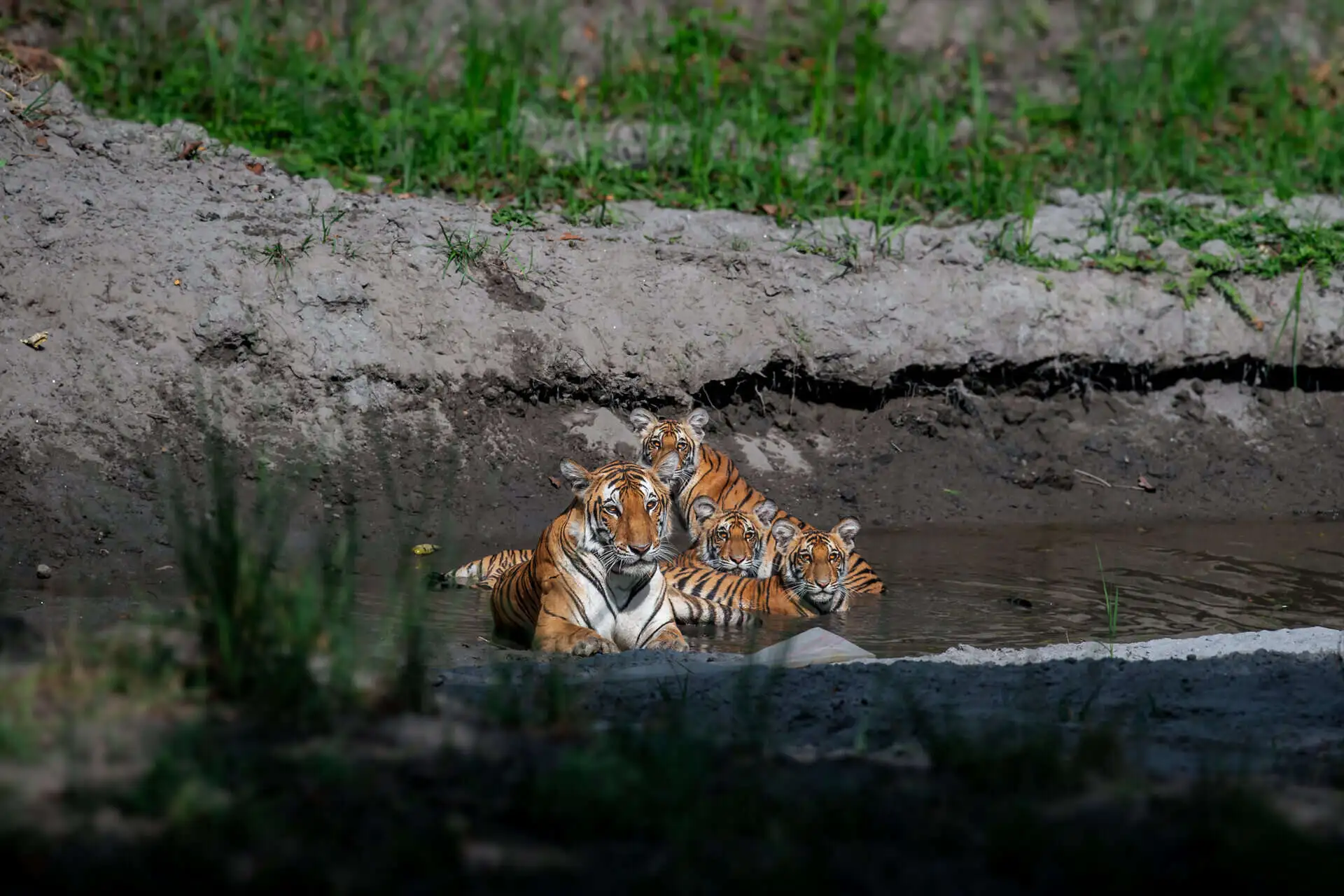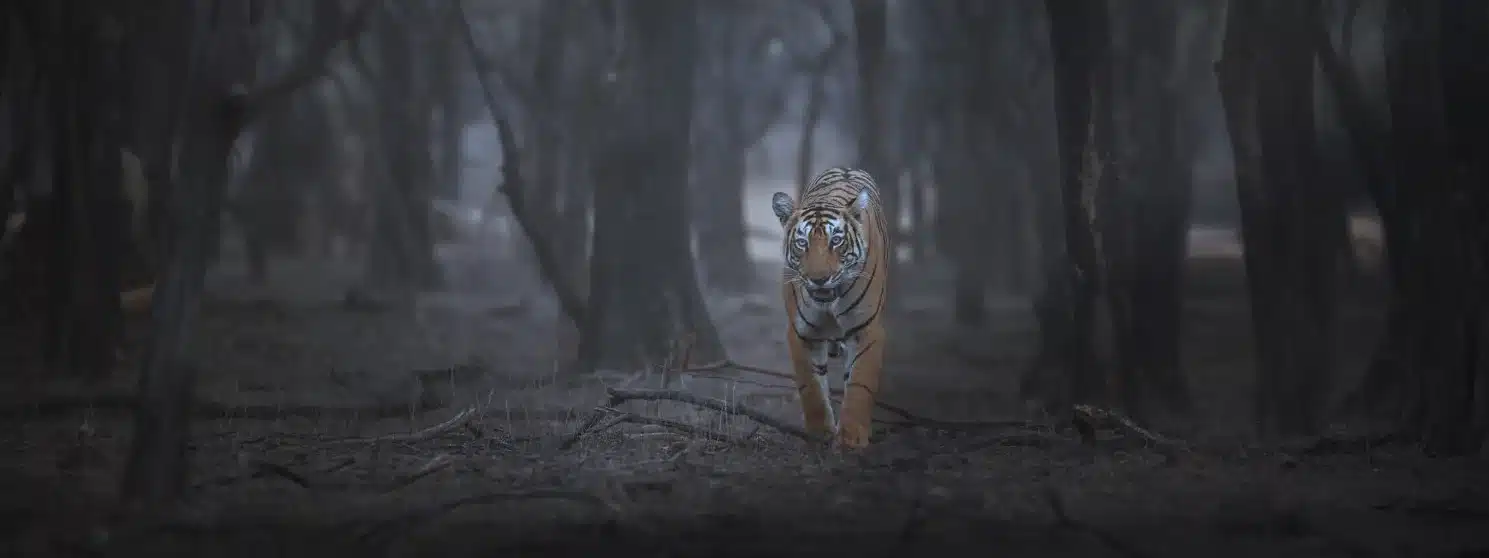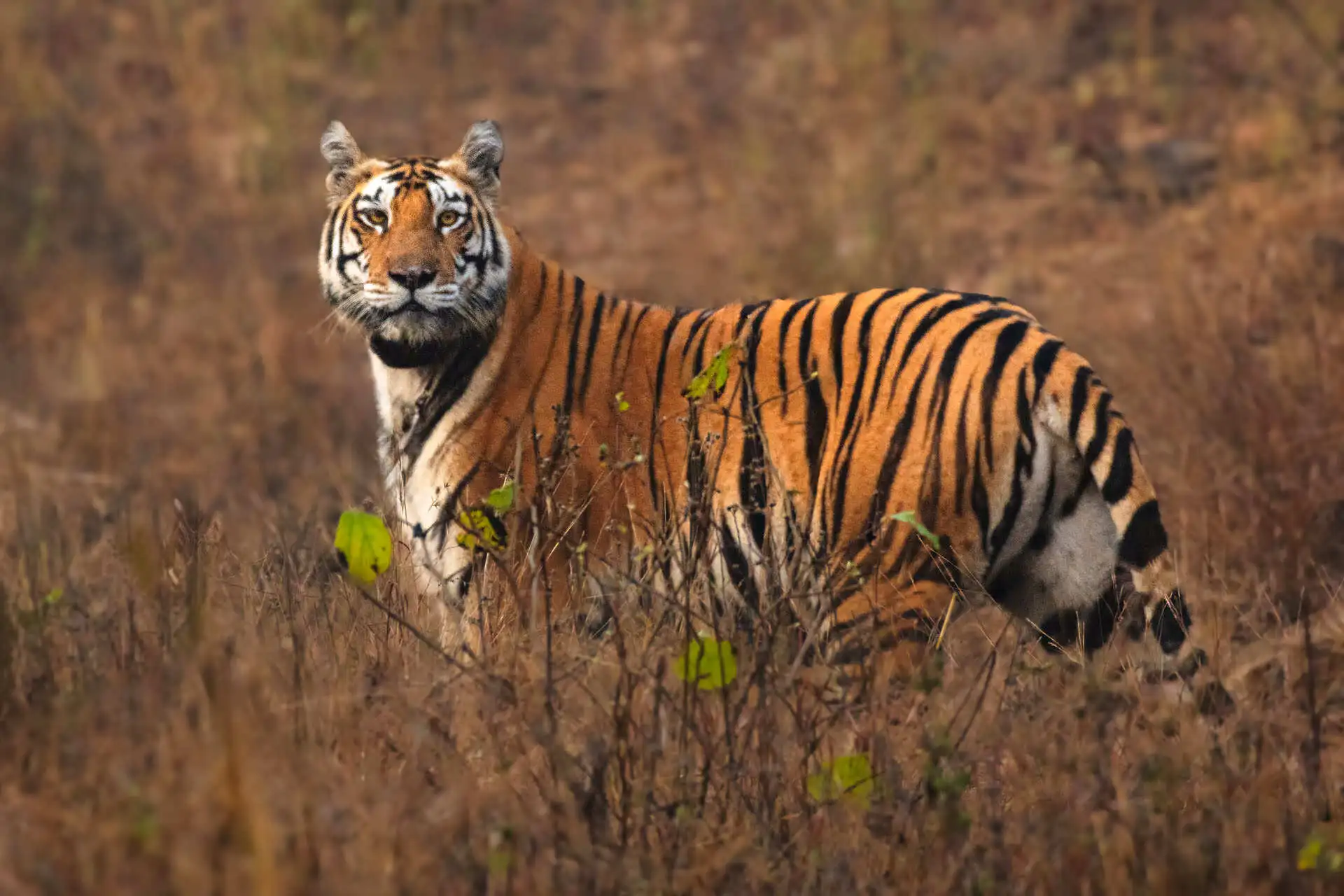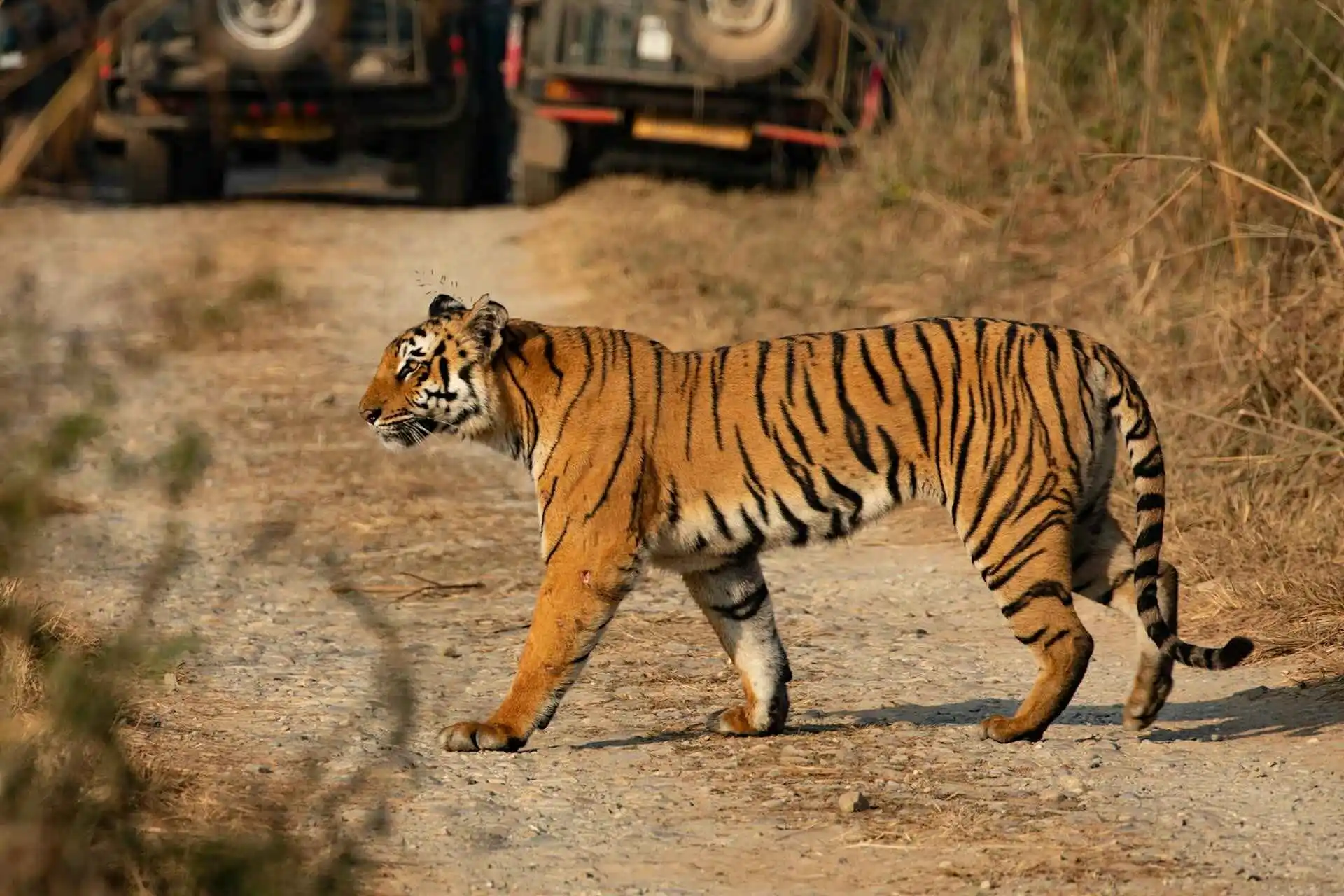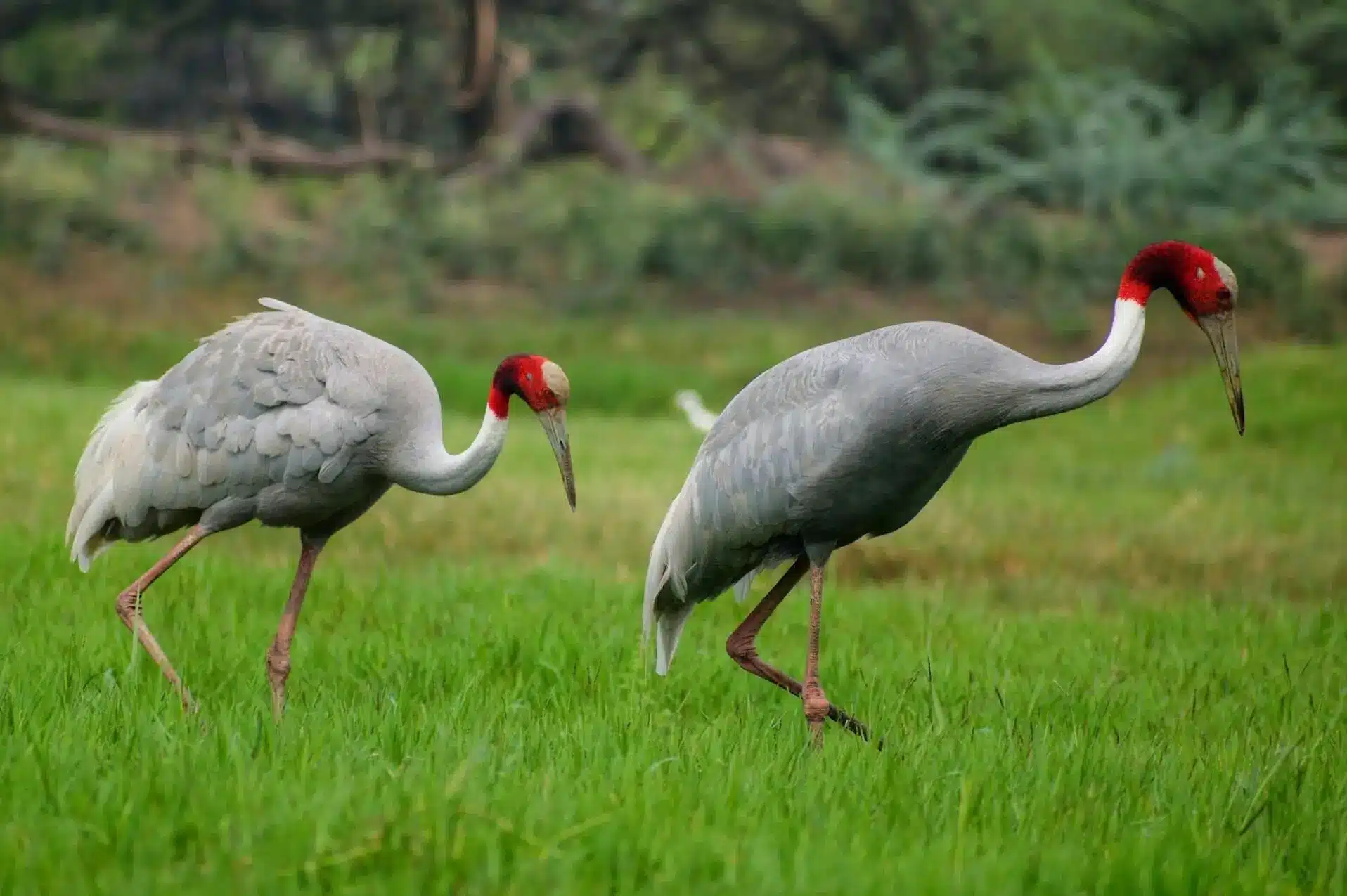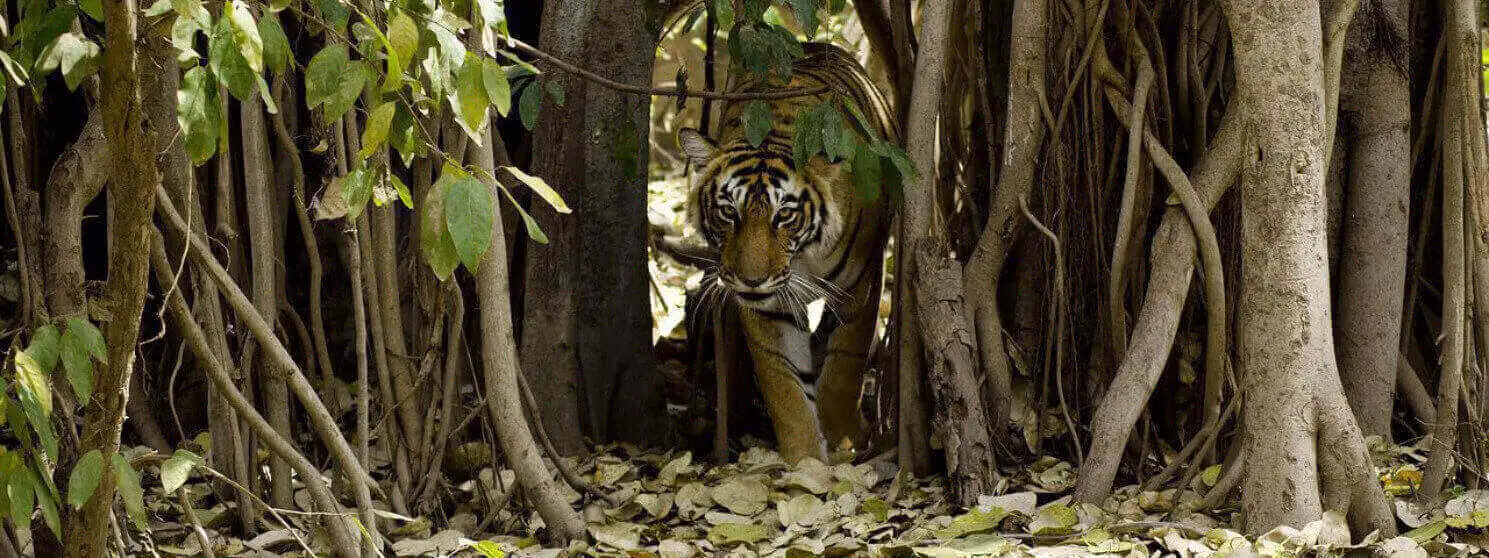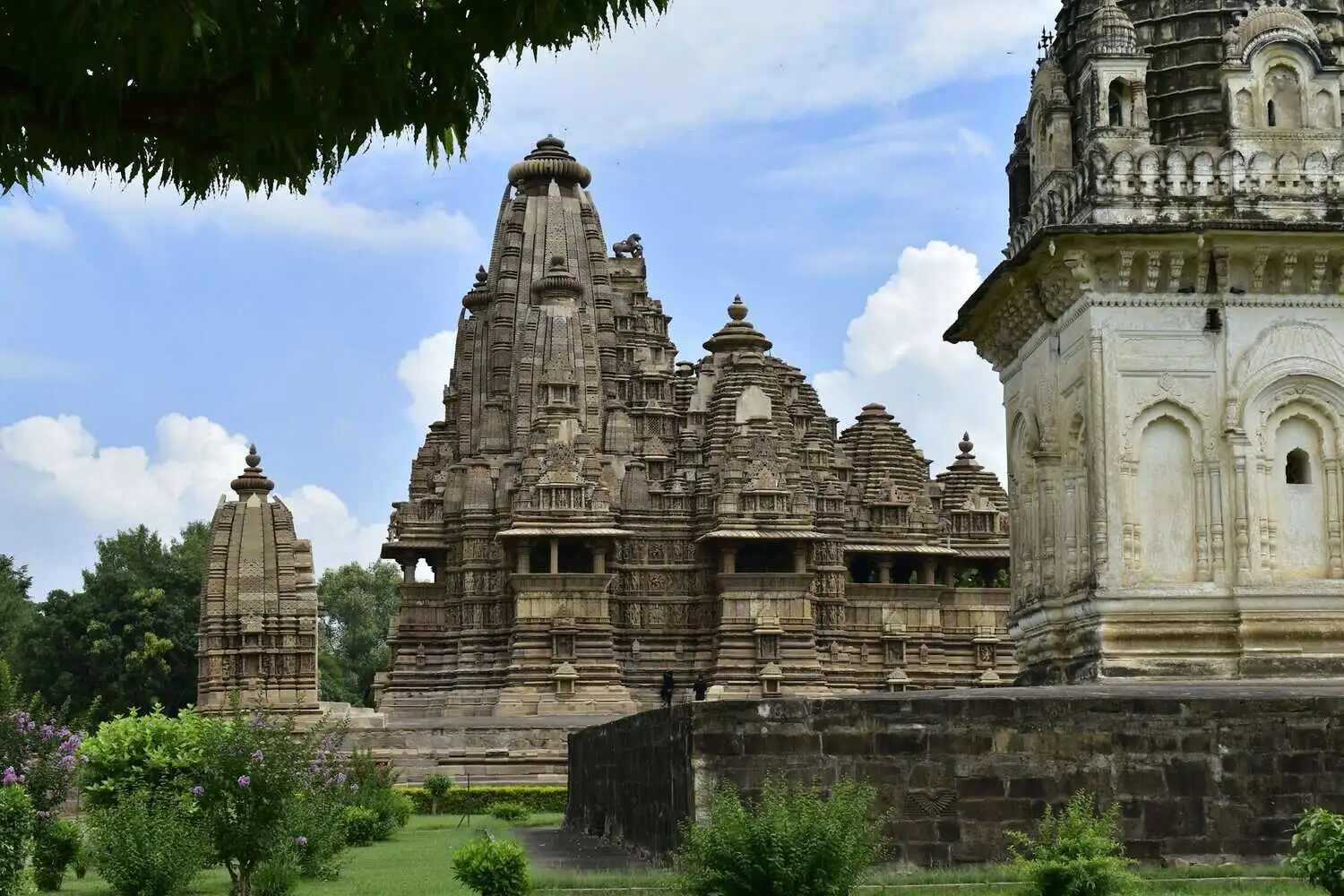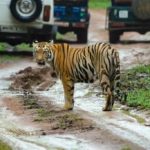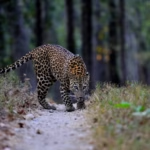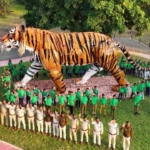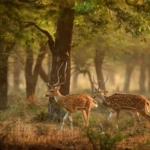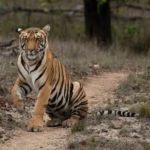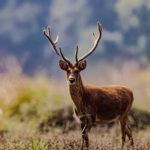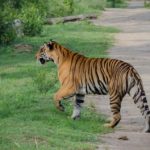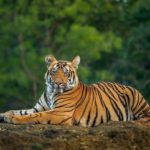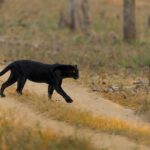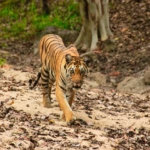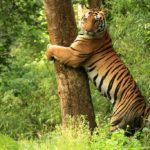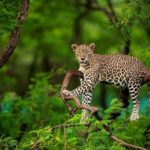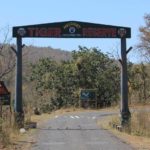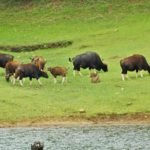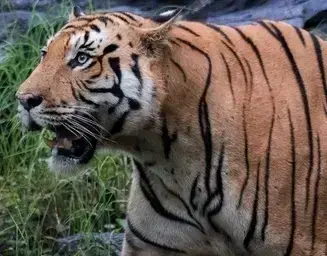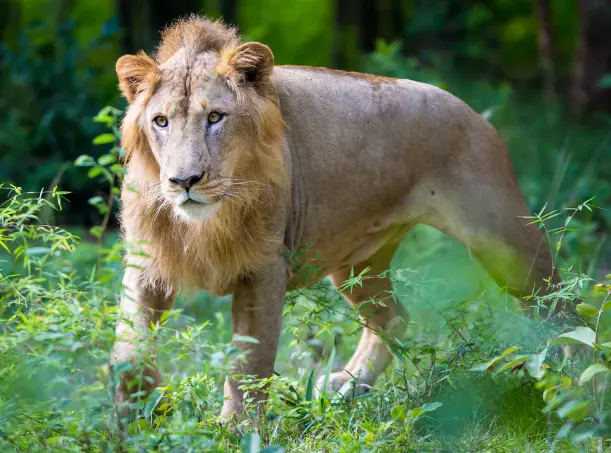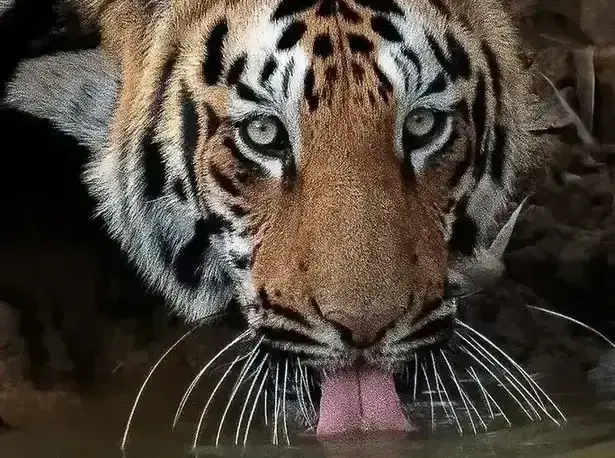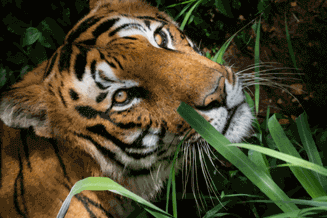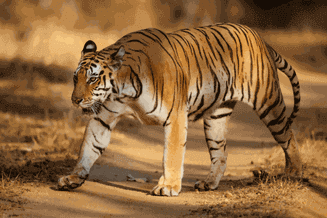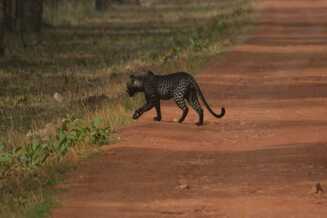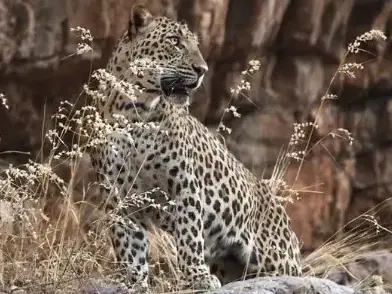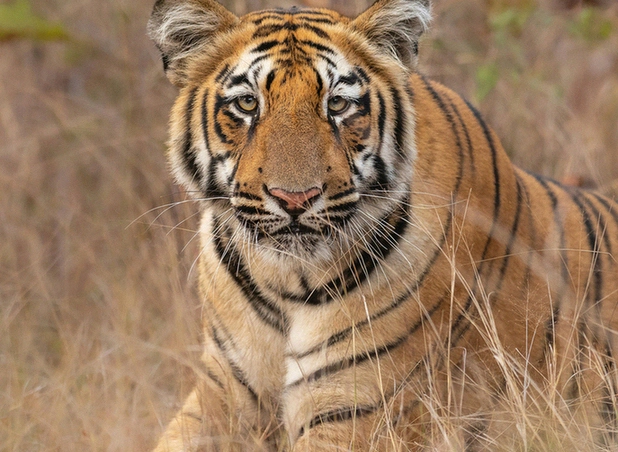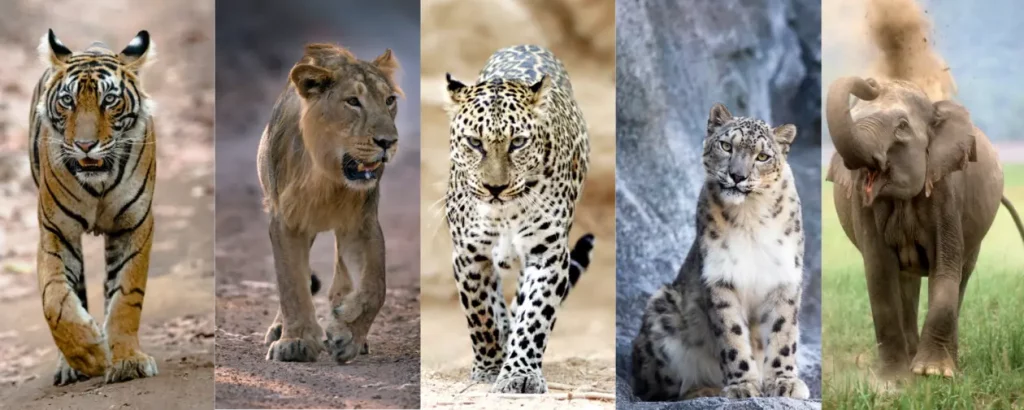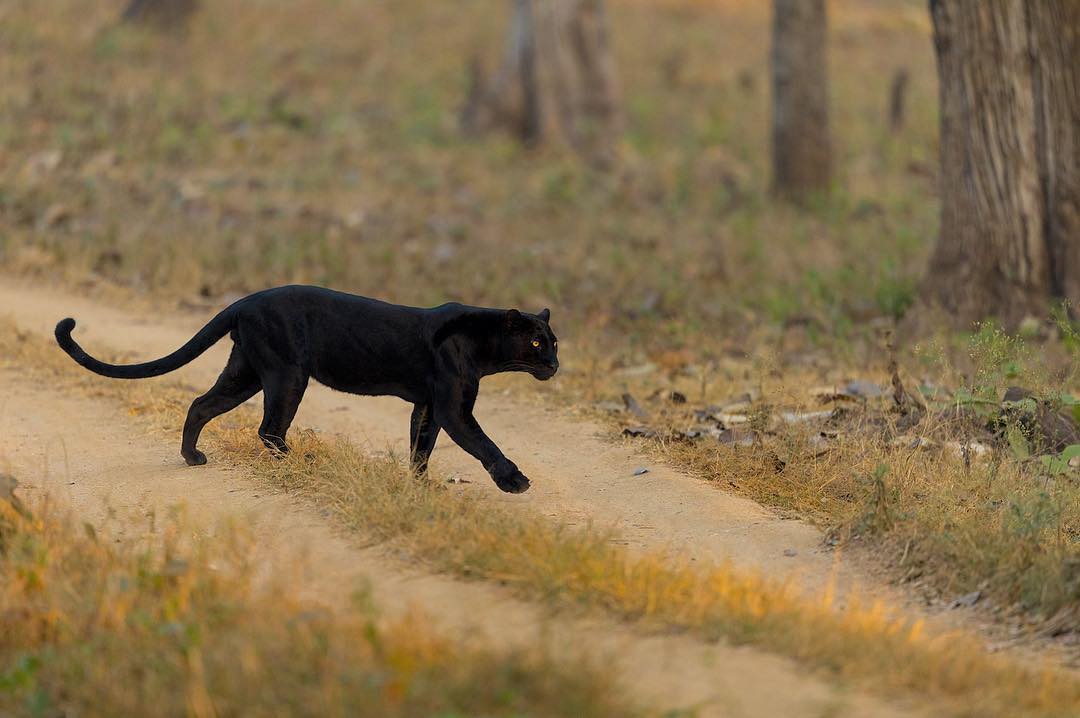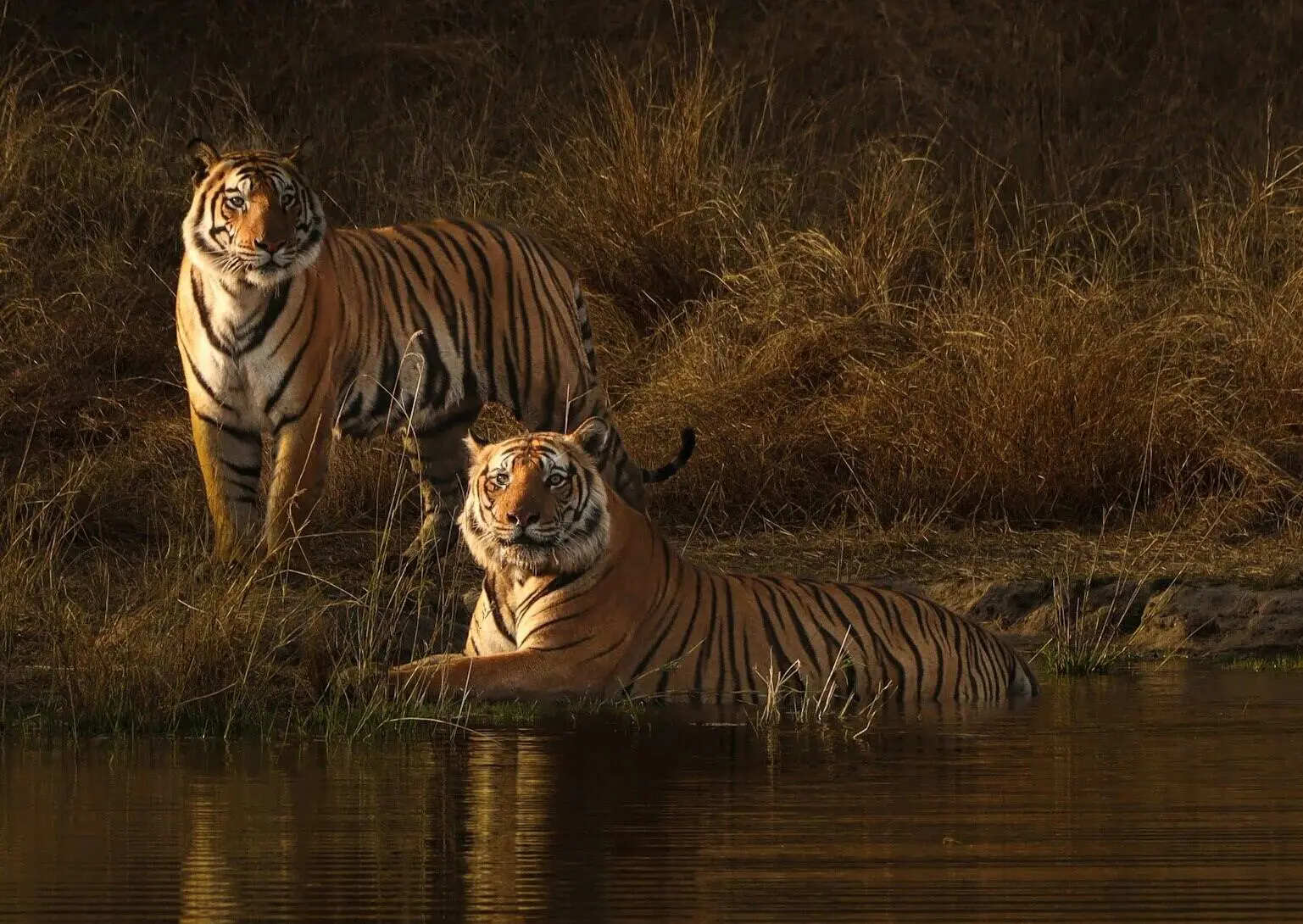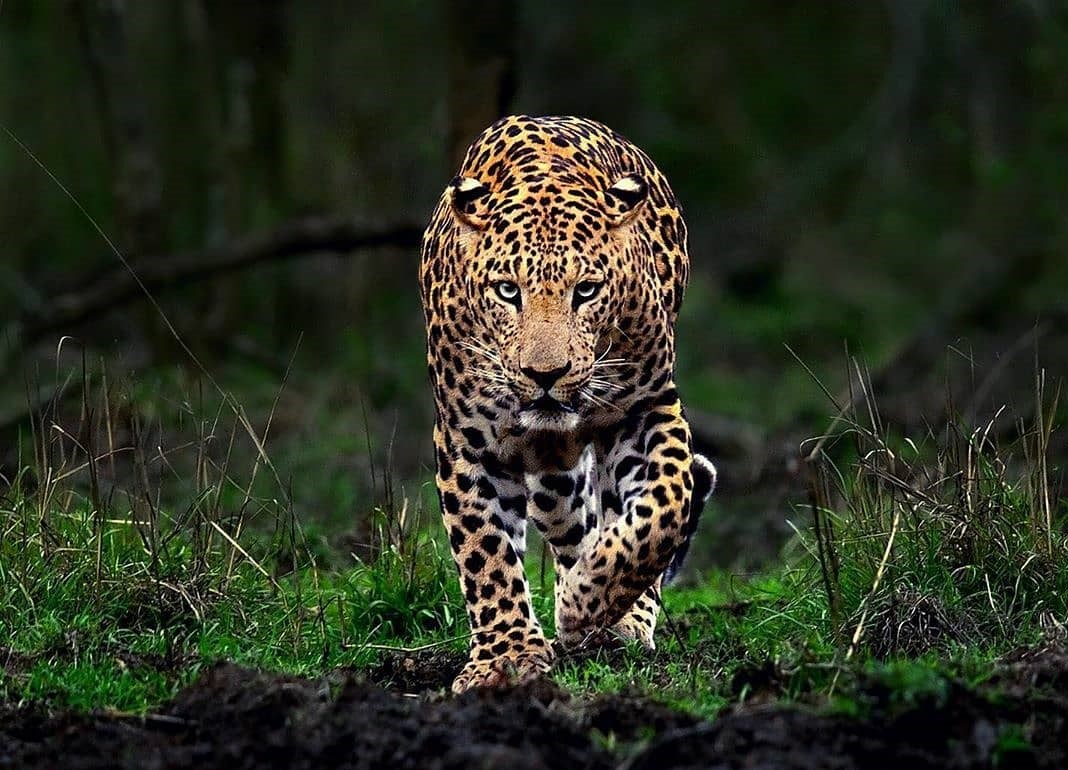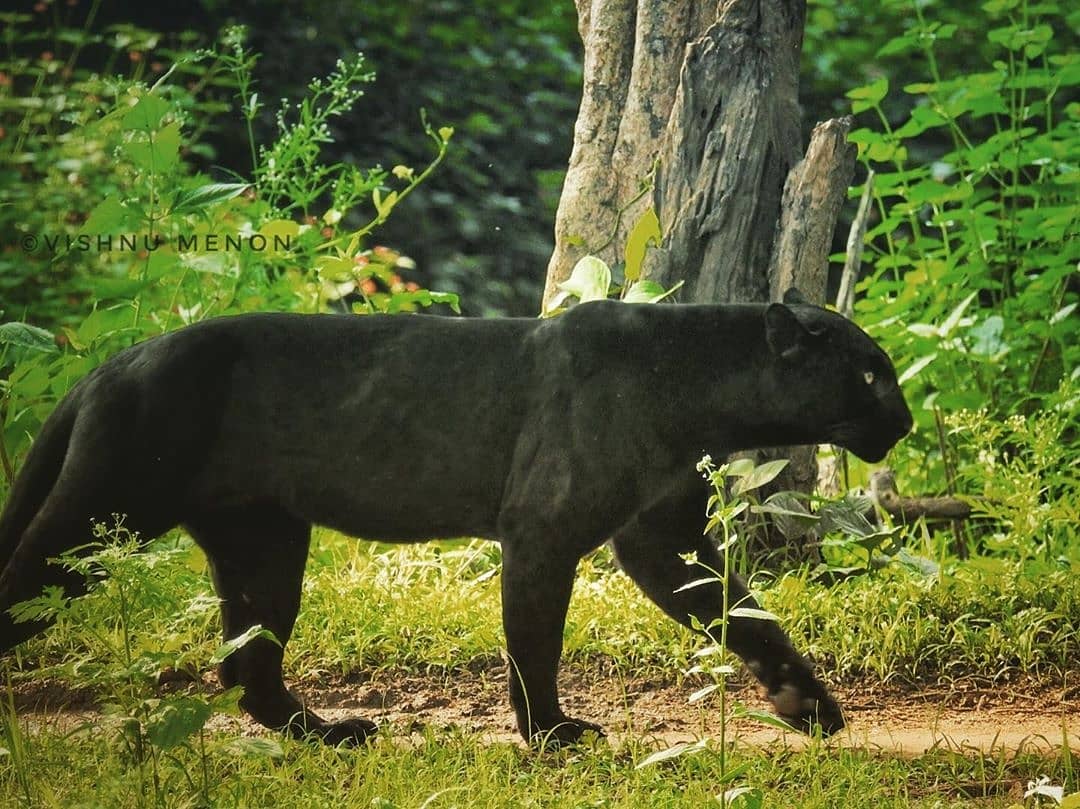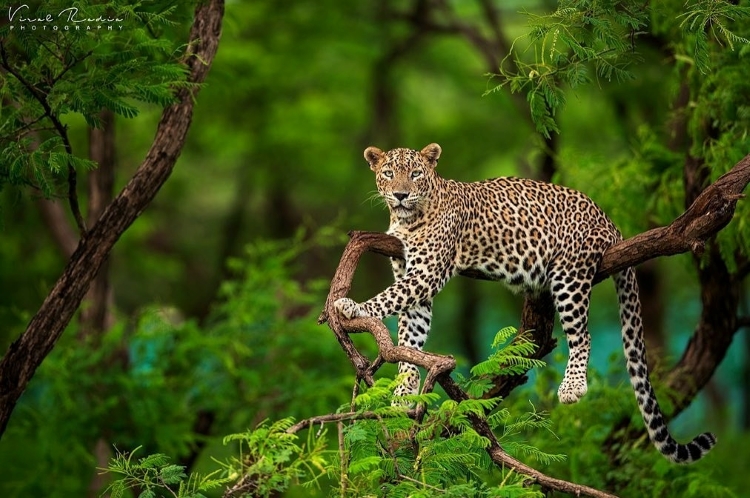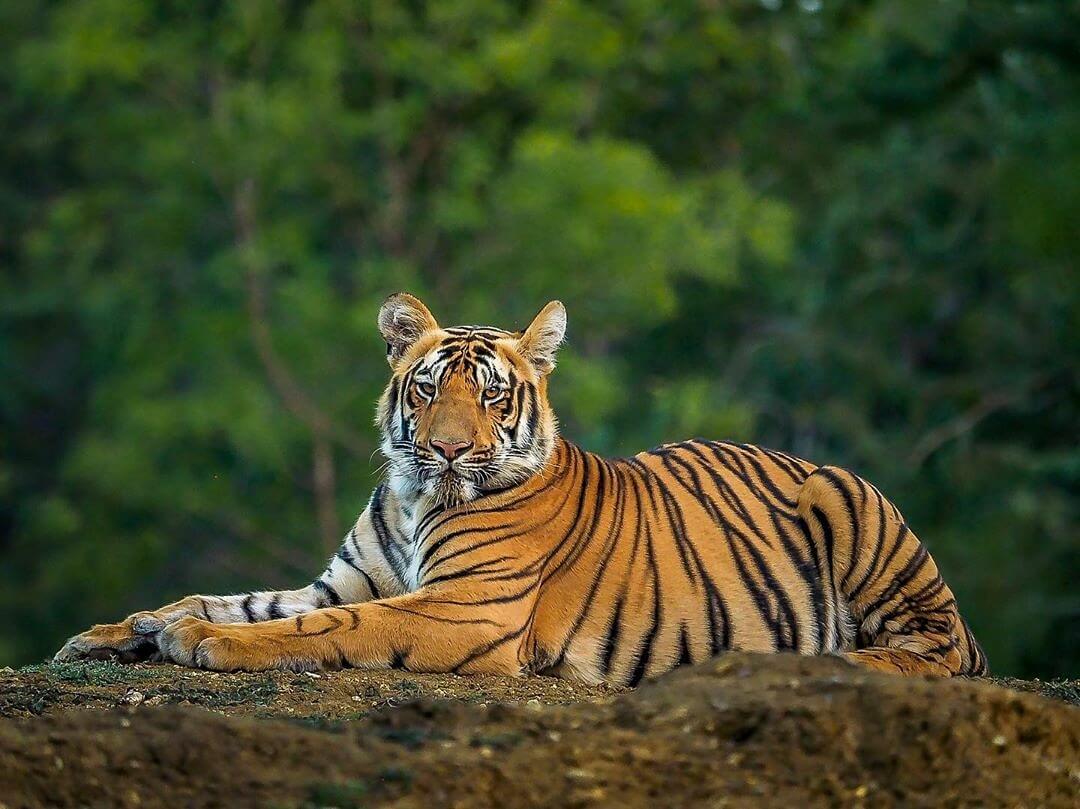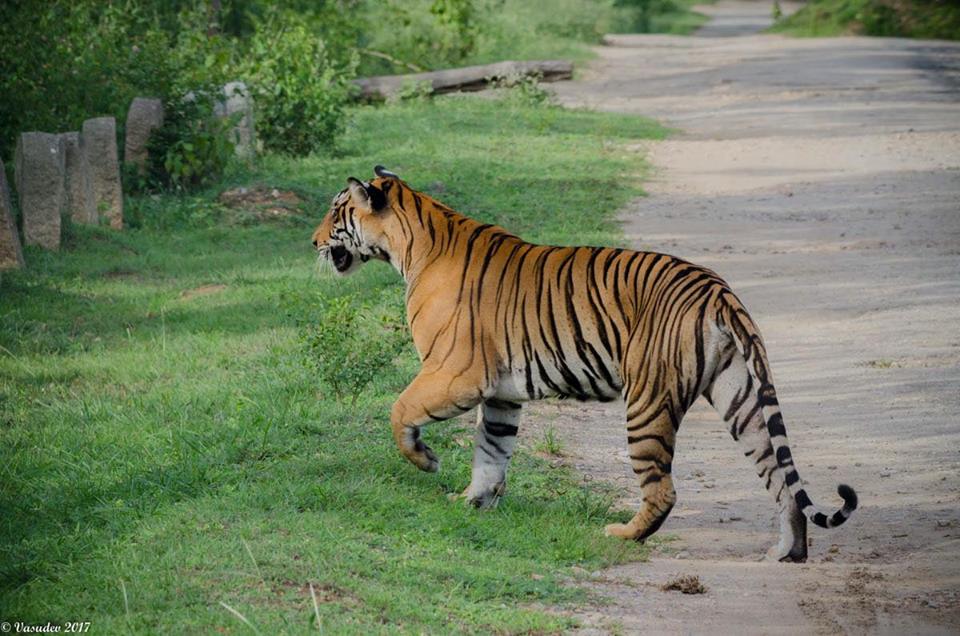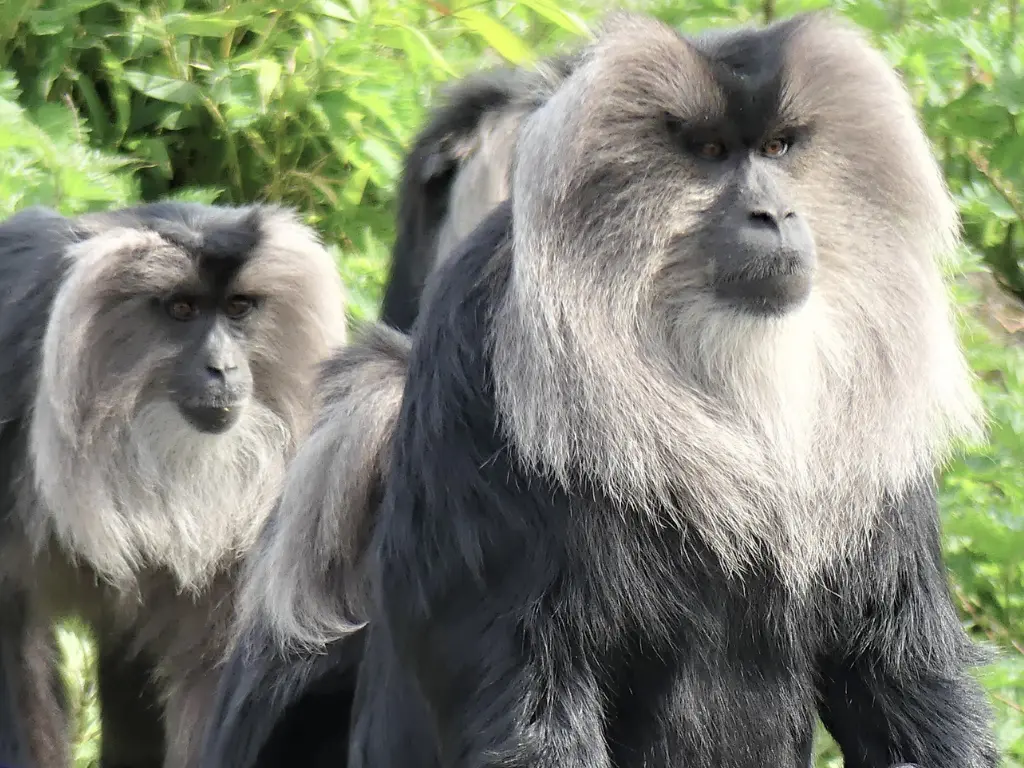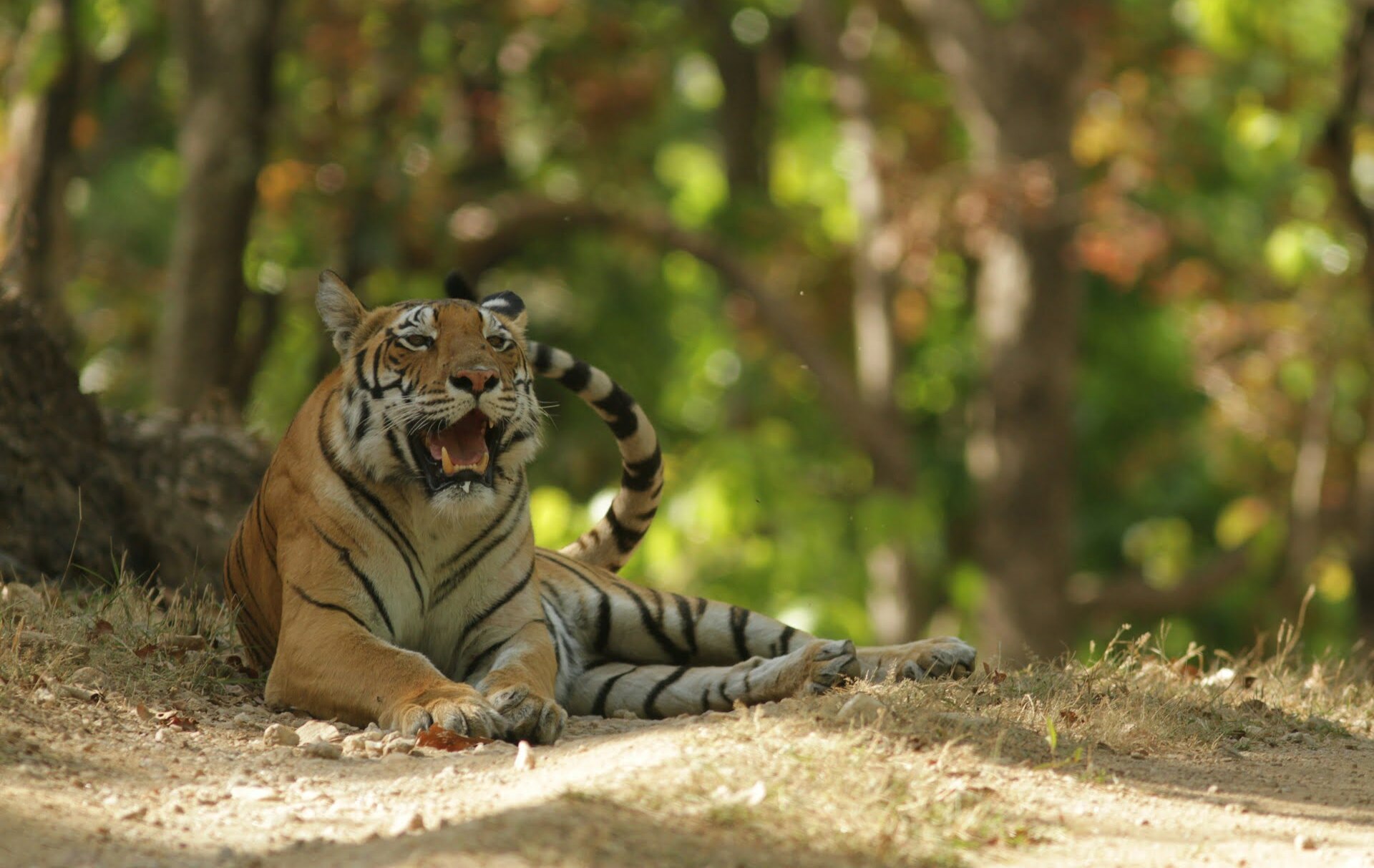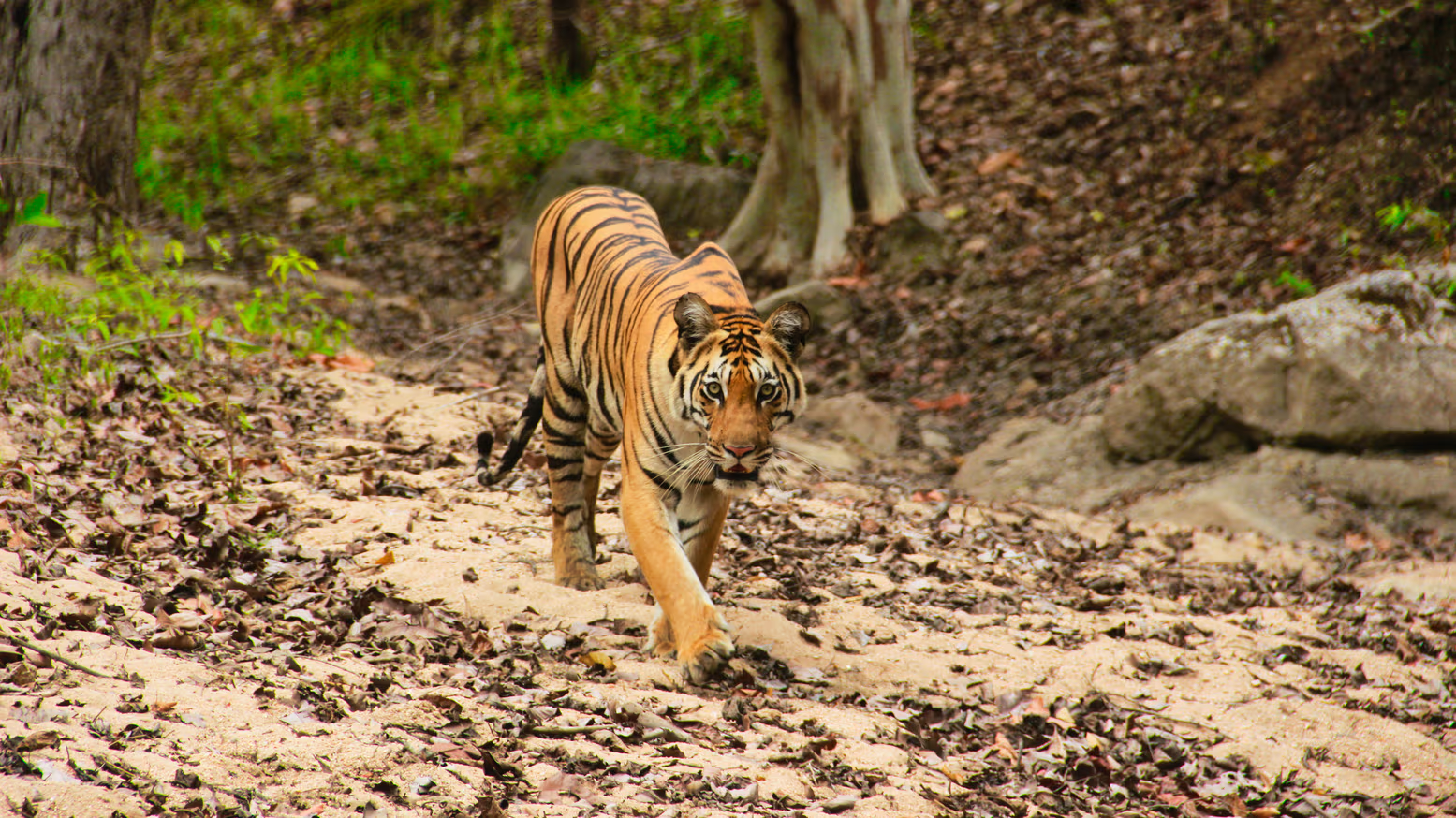Thinking about exploring India’s incredible wildlife on your own? You’ve picked the perfect destination! India offers some of the world’s most thrilling solo wildlife adventures, and honestly, traveling alone here can be even more rewarding than group trips. You’ll have the freedom to spend extra time photographing that perfect tiger shot or linger at bird watching spots without anyone rushing you along.
Solo Safari Adventures – Why India is Perfect for You
India has mastered the art of welcoming solo travelers, especially wildlife enthusiasts. The country’s well organized tourism infrastructure makes it incredibly easy to navigate national parks and wildlife reserves on your own. You’ll find English-speaking guides everywhere, established booking systems, and a genuine culture of hospitality that makes solo travelers feel safe and welcomed.
The wildlife tourism industry here is designed with individual travelers in mind. Forest departments have streamlined permit processes, and most parks offer flexible booking options that work perfectly for solo adventurers. Plus, India’s incredible biodiversity means you’ll never run out of amazing creatures to discover, from the iconic Bengal tiger to colorful bird species you’ve never seen before.
What really sets India apart is how easily you can book everything. Most wildlife destinations have streamlined booking systems, and local operators (like us at Big Cats India) handle all the complex logistics. You don’t need to stress about permits, accommodation bookings, or transportation – we’ve got that covered.
If you’re a woman planning a solo wildlife adventure, don’t miss our dedicated solo female traveler guide.
Best Wildlife Destinations for Solo Explorers
Tiger Reserves: Ranthambhore in Rajasthan offers the best tiger sighting opportunities with its open landscapes and habituated cats. Bandhavgarh boasts the highest tiger density in India, while Kanha provides stunning meadow landscapes perfect for wildlife photography. Jim Corbett, India’s oldest national park, combines tiger watching with incredible bird diversity.
Lion Territory: Gir National Park in Gujarat is your only chance to see wild Asiatic lions. The park’s compact size makes it perfect for solo travelers, and the lions are remarkably tolerant of vehicles, giving you excellent photo opportunities.
Leopard Hotspots: Jawai and Bera in Rajasthan have become famous for their leopard sightings. These areas offer unique rocky landscapes where leopards lounge on granite boulders, creating incredible photographic opportunities you won’t find anywhere else.
Bird Paradise: Bharatpur (Keoladeo National Park) transforms into a birder’s dream during winter months, hosting over 370 bird species. Ranganathittu in Karnataka offers boat-based bird watching with fantastic opportunities to spot painted storks, spoonbills, and kingfishers.
Unique Experiences: For the truly adventurous solo traveler, Ladakh offers snow leopard tracking expeditions, while Assam’s Kaziranga provides encounters with one-horned rhinos and wild elephants in stunning grassland settings.

Tigress with cubs in bandhavgarh
Solo Safari Options – Group vs Private
Group safaris are perfect budget-friendly options where you’ll share a jeep with 4-6 other wildlife enthusiasts. These trips cost significantly less and offer great opportunities to learn from fellow travelers’ experiences and photography techniques. Most solo travelers love the social aspect and often form lasting friendships.
Private safaris give you complete control over your wildlife experience. You can spend as much time as you want at particular sightings, choose your own routes, and get personalized attention from your guide. They’re more expensive but worth it if you’re serious about photography or have specific wildlife interests.
Shared jeep arrangements offer a middle ground – you can often find other solo travelers to split private safari costs, giving you flexibility without the premium price tag.
Walking safaris and nature trails provide intimate wildlife experiences where you can focus on smaller creatures, birds, and forest ecology that you’d miss from a vehicle.
Fixed Departure Tours – Perfect for Solo Budget Travelers
What are fixed departure tours? These are pre-scheduled group tours with guaranteed departure dates, regardless of how many people book. Think of them as the express trains of wildlife tourism – they run on schedule with professional guides, confirmed accommodations, and set itineraries.
We run fixed departure tours throughout the peak wildlife season (October to April), ensuring solo travelers can join quality experiences without worrying about minimum group requirements or tour cancellations.
Cost advantages are huge for solo travelers. You’ll share all expenses including transportation, guide fees, and accommodation costs. Many operators waive single supplement charges on fixed departures, making them incredibly budget-friendly. Group discounts often apply to safari entries and accommodation rates too.
Popular fixed departure packages
Booking process for fixed departure tours couldn’t be easier. Choose your preferred dates from our guaranteed departure calendar, make a deposit, and we handle everything else. We send detailed pre-departure information including packing lists, weather updates, and meeting point details.
Most tours require just a 50% deposit to confirm your spot, with the balance due 30 days before departure. We maintain small group sizes (maximum 12 participants) to ensure quality experiences for everyone.
Meeting like-minded travelers is one of the biggest advantages. You’ll join other wildlife enthusiasts, photographers, and nature lovers who share your interests, often leading to friendships that extend beyond the tour.
Planning Your Solo Wildlife Journey
Best seasons for wildlife viewing vary by region, but generally October to March offers the best weather and wildlife sightings. Summer months (April-June) provide excellent tiger sightings as animals come to water sources, though temperatures can be challenging.
Booking accommodations ranges from luxury jungle lodges to budget forest rest houses. Government run accommodations offer basic but clean facilities at affordable prices, while private eco-resorts provide more comfort and amenities. Book early during peak season as good accommodations fill up quickly.
Transportation tips include flying to major nearby cities then taking trains or buses to park entrances. Many destinations are well-connected by rail, and local transportation is readily available. Consider hiring drivers for multi-park tours – it’s often more economical than multiple individual transfers.
Essential Documentation
Indian nationals need valid photo ID for park entries. We recommend carrying multiple copies of your Aadhaar card or passport.
Foreign travelers require passport copies and valid visas. Some restricted areas like certain Ladakh regions need additional permits that we arrange in advance.
Park-specific permits get booked through our reservation system. We handle all online bookings and provide confirmation vouchers for your records.
Solo Travel Safety in Wildlife Areas
Forest department guidelines are strictly enforced and designed for everyone’s safety. Always stay with your assigned guide, never leave designated paths during walking safaris, and follow all vehicle safety protocols during jeep safaris.
Staying with groups during safaris is mandatory in most parks. Even if you book private safaris, you’ll always have professional guides and drivers with you. Solo exploration outside designated areas is not permitted and frankly, not advisable.
Emergency contacts and procedures are well-established in all major parks. Guides carry communication devices, and forest departments have emergency response systems. However, mobile coverage can be patchy in remote areas.
Travel insurance essentials should cover wildlife activities and remote area emergencies. Make sure your policy includes evacuation coverage and adventure sports if you plan activities like river rafting or trekking.
Budget Planning for Solo Wildlife Tours
Cost breakdown typically includes accommodation (₹3,000-30,000 per night), safari entries (₹1,500-3,000 per safari), guide fees (₹1,000-2,000 per day), meals (₹800-2,000 per day), and transportation between parks.
Fixed departure vs custom tour costs show significant differences. Fixed departures can cost 30-40% less than custom itineraries, especially for solo travelers who would otherwise pay single supplements and full vehicle costs.
Money-Saving Strategies
- Travel during shoulder seasons (March-April, September-October) for reduced accommodation rates while maintaining good wildlife viewing opportunities.
- Book accommodations directly through our partnerships to avoid online booking fees and secure better room categories.
- Combine multiple parks in single trips to reduce per-day transportation costs and take advantage of multi-park booking discounts.
Premium vs budget safari options range from luxury experiences with private naturalists and high-end accommodations to basic but authentic experiences staying in forest rest houses and joining group departure safaris.
Hidden costs to consider include camera fees (₹200-500 per park), tip expectations for guides and drivers, extra safari bookings when you get addicted to wildlife watching, and shopping for wildlife photography equipment you realize you need!
Packing Essentials for Solo Wildlife Adventures
- Camera Gear: DSLR/mirrorless camera with 300mm+ telephoto lens
- Binoculars: High-quality pair for spotting distant wildlife
- Clothing: Neutral colors (khaki/olive), layers for mornings, sun hat, warm wear for winters
- Safety & First Aid: Basic meds, insect repellent, sunscreen, water purification tabs, first-aid kit
- Documents: ID copies, safari permits, hotel vouchers, insurance papers, emergency contacts
Check out our full packing guide here!
Sample Solo Wildlife Packages
Tips for Maximum Wildlife Experience
- Early morning and evening safari timing provides the best wildlife activity and photography light. Animals are most active during these cooler periods, and you’ll avoid the harsh midday sun that makes both wildlife and humans uncomfortable.
- Patience and wildlife etiquette are essential for meaningful encounters. Stay quiet in vehicles, don’t pressure guides to guarantee specific sightings, and remember that wildlife watching requires patience – the best sightings often come to those who wait.
- Photography dos and don’ts include respecting minimum distances from animals, avoiding flash photography, and not making noise to get animals’ attention. Focus on behavior shots rather than just portraits for more compelling images.
- Interacting with guides and naturalists enhances your experience tremendously. Ask questions about animal behavior, local ecology, and conservation efforts. Good guides love sharing their knowledge with genuinely interested travelers.
India’s wildlife destinations offer solo travelers incredible opportunities to connect with nature, meet fellow enthusiasts, and create unforgettable memories. Whether you choose budget-friendly group tours or luxury private experiences, you’ll return home with amazing photographs and stories that’ll last a lifetime. The key is choosing the right mix of destinations and tour styles that match your interests, budget, and comfort level.

